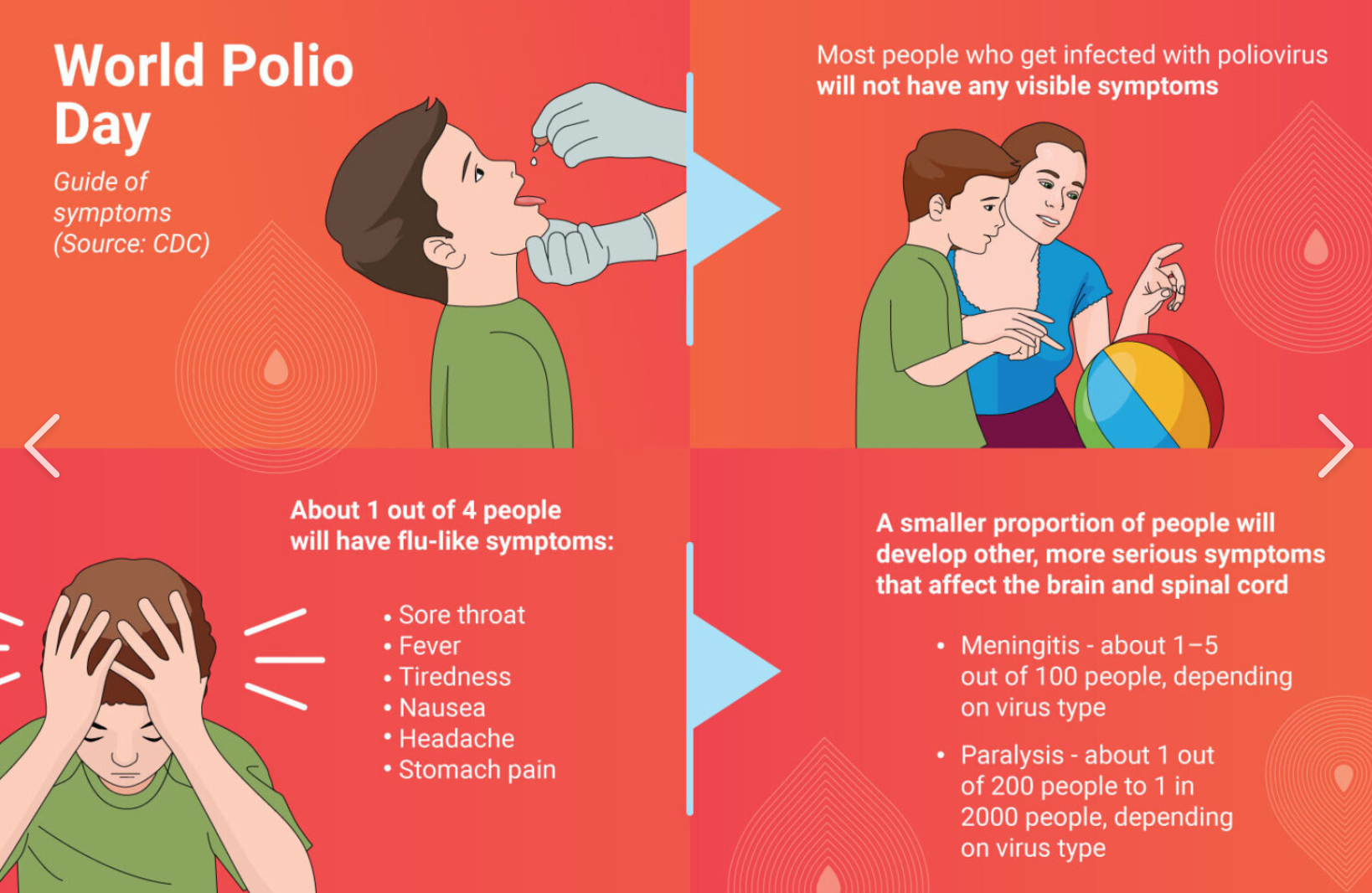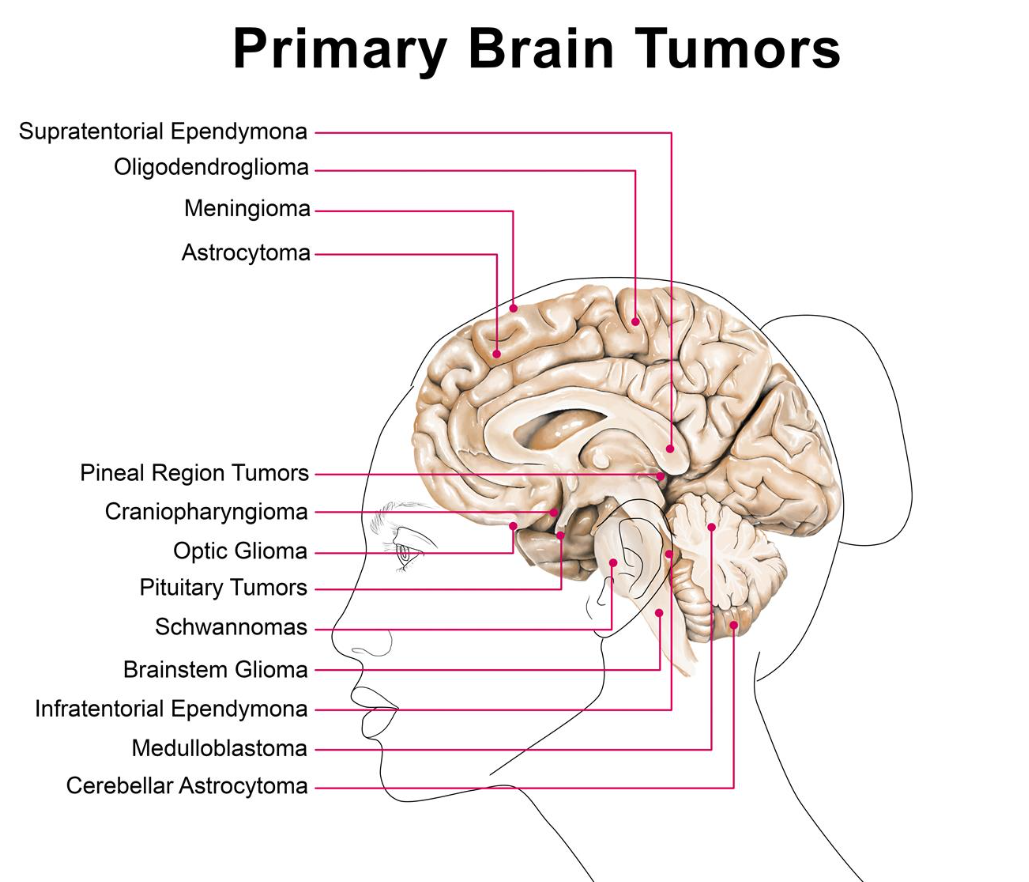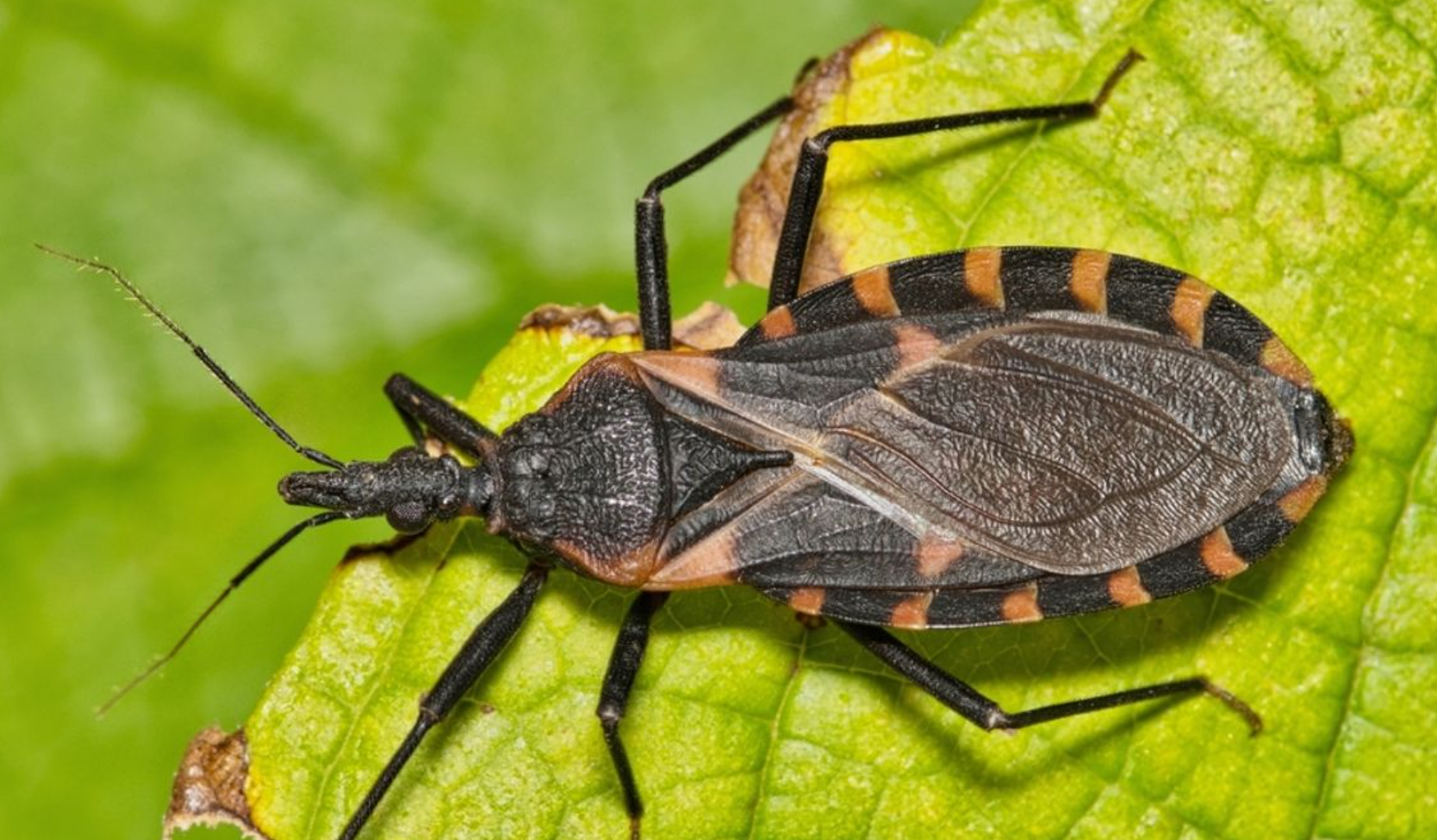
Imagine your gut as a bustling city, stretching from your mouth to your anus. It’s a long journey, and like any city, it has its share of problems. One of the most perplexing issues? Blood in the stool. Yes, it’s like finding a crime scene in your digestive tract, and figuring out where the blood is coming from can be as tricky as solving a murder mystery.

The Long and Winding Road of the Digestive Tract
The digestive tract is a complex system, and any part of it can spring a leak. From the esophagus to the stomach, from the small intestine to the large intestine, and finally to the rectum, each section has the potential to bleed. But pinpointing the exact location? That’s where the real detective work begins.
Modern Tools of the Trade
Thankfully, we’ve got some nifty tools to help us solve this mystery. Gastroscopes and colonoscopes are like high-tech flashlights, illuminating the dark corners of your gut. They can identify a lot of the culprits, but when it comes to the small intestine, we’re still a bit in the dark. For some cases, we might use angiography or nuclear scans, but even those aren’t foolproof.
The Panic-Inducing Acute Bleed
Now, let’s talk about the kind of bleeding that makes doctors and parents break out in a cold sweat. Acute, heavy bleeding can lead to hemorrhagic shock, a life-threatening condition. Imagine a child arriving at the hospital, pale as a ghost, and needing an immediate blood transfusion. Once the immediate danger is over, we can start investigating the cause. If blood transfusions and other conservative treatments can’t stabilize the situation, we might need to pull out the big guns: endoscopy or surgery.
The Scarier Scenarios
But some cases are scarier than others. Conditions like volvulus (intestinal twisting) or necrotizing enterocolitis (a severe intestinal infection) can be catastrophic. These are the cases that stick with you, like the newborns who presented with abdominal distension and bloody stools, only to reveal a twisted, necrotic intestine. These cases are often linked to congenital anomalies, sometimes occurring in utero, making prevention nearly impossible.
The Sneaky Ones
Then there are the sneaky cases. Like the newborns who had abdominal surgery and then developed subtle symptoms at home—poor feeding, a bit of blood in the stool. At first glance, it seemed like a simple case of gastroenteritis. But our gut feeling (pun intended) told us to keep a close eye on them. And sure enough, their condition rapidly deteriorated, revealing necrotizing enterocolitis.
The Good News
Most cases of blood in the stool aren’t so dramatic. Many are just garden-variety gastroenteritis or anal fissures. Not every case requires a full-scale investigation. For example, an anal fissure can often be diagnosed based on a history of constipation, clinical signs, and a quick physical exam.
Common Culprits in Children
Here are some common causes of blood in the stool in kids:
- Gastroenteritis: This includes infections (bacterial, viral, parasitic) and food allergies. Often, the blood is just a small amount mixed with stool and usually resolves as the infection or allergy improves.
- Anal Fissure: Often linked to constipation. Think of it as a small tear in the anus, which can be quite painful.
- Intussusception: This is when one part of the intestine slides into the next, causing a “telescoping” effect. The stool can look like raspberry jam and is often accompanied by severe abdominal pain and vomiting.
- Colorectal Polyps: These are growths in the colon or rectum. If your child has persistent, small amounts of blood in the stool, it’s worth getting checked out.
- Upper Gastrointestinal Bleeding: This includes bleeding from the stomach or duodenum (the first part of the small intestine). Conditions like ulcers or esophagitis can cause this.
- Meckel’s Diverticulum: This is a congenital defect that can cause sudden, heavy bleeding.
- Necrotizing Enterocolitis: A severe intestinal condition, especially in premature or low-birth-weight infants.
- Volvulus: Intestinal twisting, often accompanied by severe abdominal pain, vomiting, and distension.
- IgA Vasculitis (Henoch-Schönlein Purpura): An autoimmune condition that can cause blood in the stool, abdominal pain, and later, skin rashes.
- Other Systemic Conditions: These include things like vitamin K deficiency, hemophilia, or other bleeding disorders.
When to Seek Help
So, what should you do if your child has blood in their stool? Don’t panic, but don’t ignore it either. If the bleeding is heavy, sudden, or accompanied by abdominal pain, vomiting, distension, or fever, it’s time to see a doctor. Remember, you don’t need to memorize all these conditions—that’s our job. Just trust your gut (again, pun intended) and seek professional help when needed.
In the end, the mystery of blood in the stool is one that we doctors love to solve. It’s a challenge, but with the right tools and a bit of detective work, we can usually get to the bottom of it. And who knows? Maybe your gut will become the next great detective story.







Leave a Reply